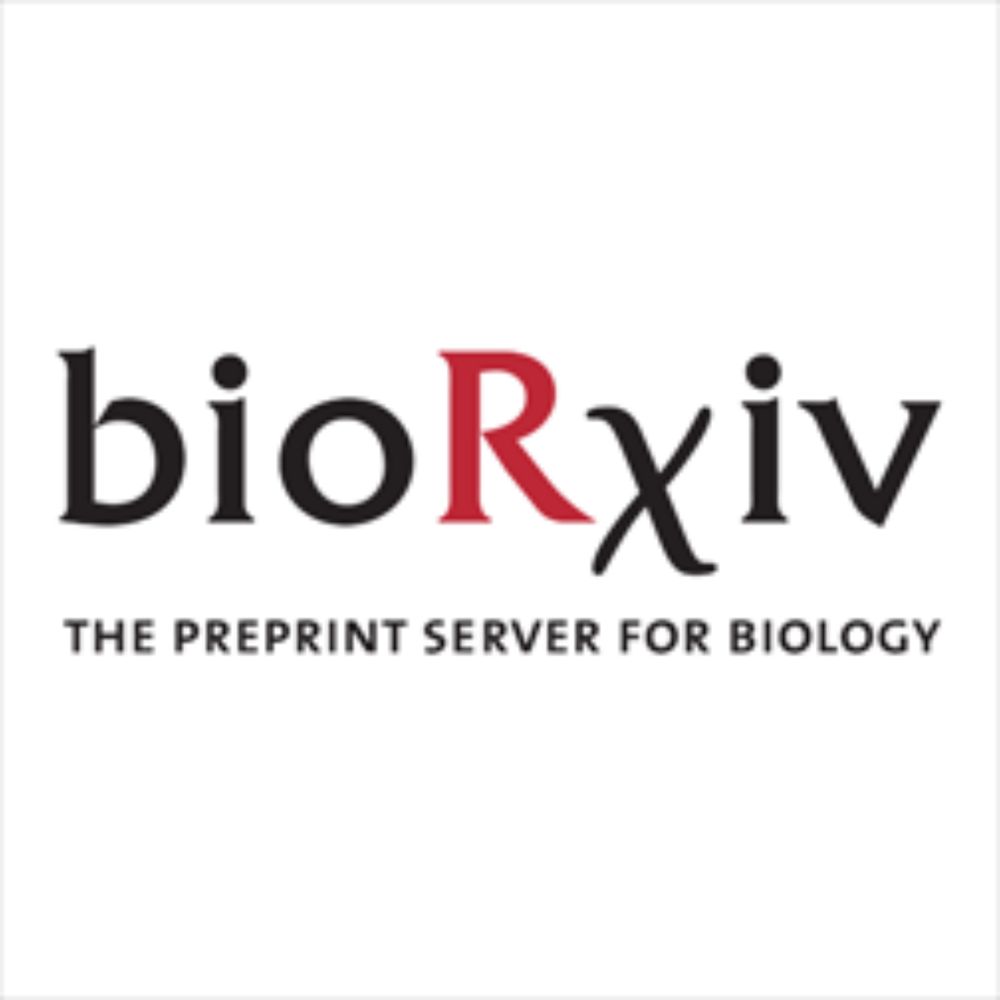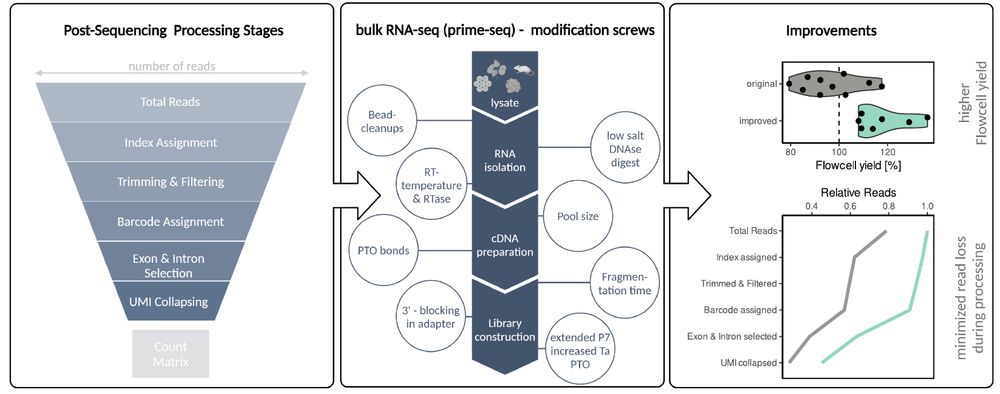Felix Pförtner
@felixpfoertner.bsky.social
12 followers
33 following
9 posts
PhD student @enardhellmannwg.bsky.social
Posts
Media
Videos
Starter Packs
Reposted by Felix Pförtner
Reposted by Felix Pförtner







